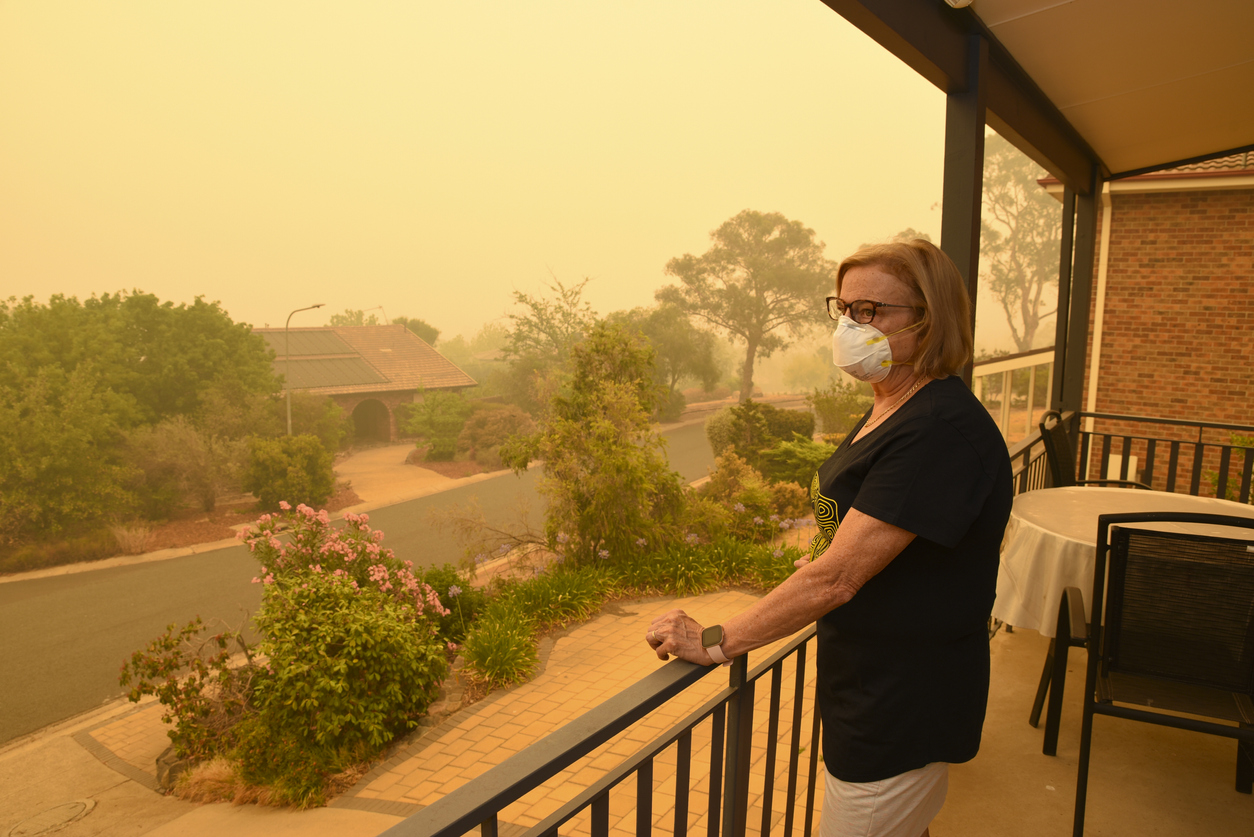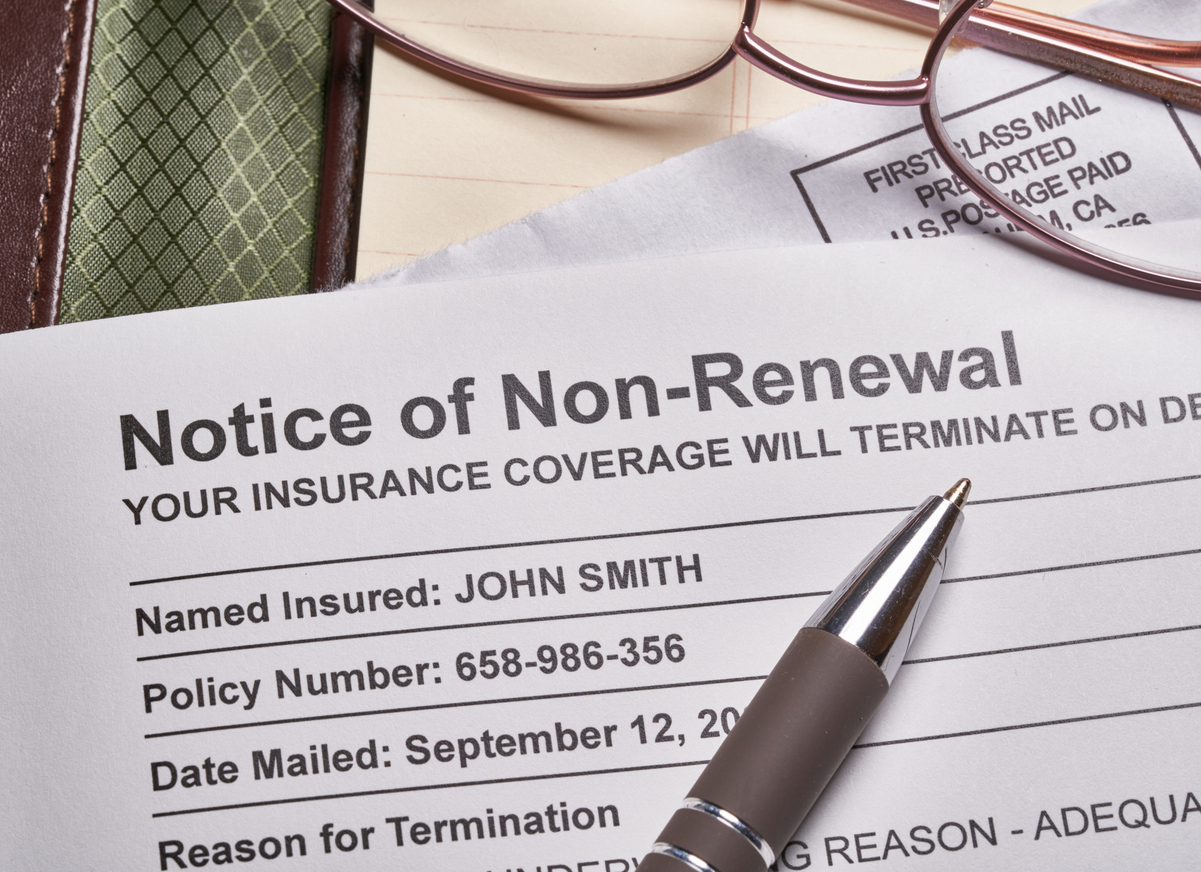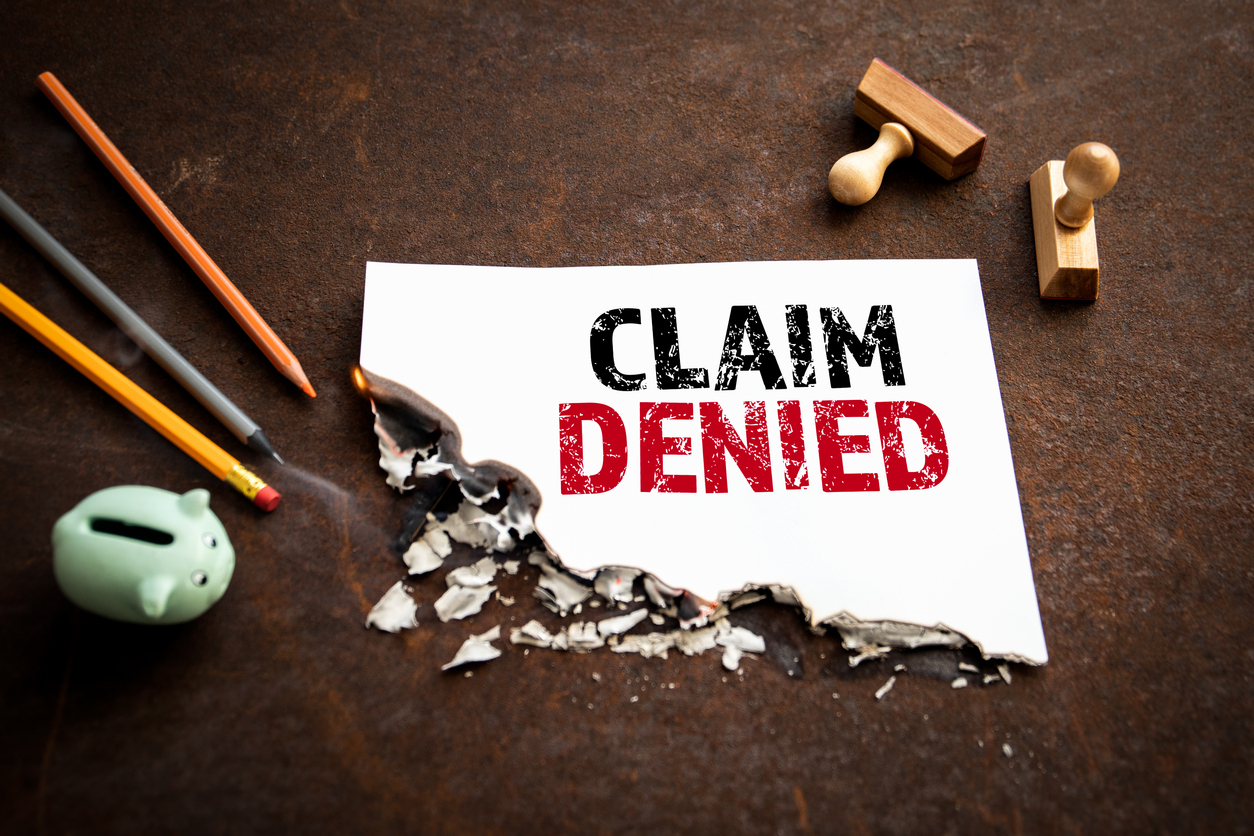As wildfires continue to devastate California yet again, countless homes and businesses have been destroyed. The destruction of buildings and other property, however, does not even begin to reflect the actual extent of wildfire damages. Thousands more homes and business have been affected by smoke damage. Unfortunately, some insurance companies will refuse to recognize smoke damage alone if a property was not actually touched by a fire. If you can demonstrate that smoke has indeed affected a building and personal property, then you can also demonstrate damages and the insurer should be held accountable to pay to return the smoke affected property to its pre-loss condition.
In order to properly present a smoke damage claim, it is imperative to understand how smoke damage occurs. Wildfire smoke, often times coming from several miles away, can be carried into a home. There are multiple pathways for smoke to enter a home including vents, chimneys, and openings around windows and doors. A home that is affected by a wildfire evacuation is particularly at risk for smoke intrusion because the owners often leave at a moment’s notice due to safety reasons, potentially leaving windows open.
Wildfire smoke contains combustion by-products (“CBP”), which are gases and small particles generated when materials burn. Wildfire particulate matter that can enter a home includes, ash, soot and char. Ash is the residue that is left when a substance is burned. Ash includes trees and vegetation but can also include building material or any other burned object. Char is a black carbon substance produced when a substance or material does not completely burn. It is darker than ash. Soot is also a black carbon substance produced when a material on fire does not completely combust. It is finer than char and will adhere to a home’s materials and property. CBP’s can cause damage to property and will often require specialized cleaning.
The best way to demonstrate the presence of CBPs in a home and on property is to test for their presence. Both surfaces and the air inside a building can be tested for CBPs. Testing should be performed, whenever possible, by a Certified Industrial Hygienist (“CIH”). A CIH’s training and specialization includes air sampling and instrumentation, engineering controls/ventilation, health risk analysis, and toxicology. It is important for a CIH to locate and test in all areas of potential smoke entry. Insurers will often hire their own CIHs. These CIHs are typically required to perform mass testing after a wildfire, requiring the CIH to test multiple homes in an area in a short period of time. This predictably leads to sloppy testing and a failure to locate the areas of a home most at risk. We have also seen, on multiple occasions, an insurer’s CIH avoid testing areas of a home where the most CBPs are present. Thus, if you don’t retain your own CIH, a carrier will often use its CIH’s inadequate testing as a basis to that deny any smoke damage is present.
The recent Ninth Circuit opinion in Shirley v. Allstate Ins. Co., No. 19-56066, – – – Fed. Appx. – – -, 2020 WL 5991156 (9th Cir. October 9, 2020), provides a lesson in the importance of demonstrating damages. In this matter, the insureds evacuated their home due to an encroaching wildfire. Although the home was not damaged by the fire, it was surrounded by wildfire smoke. The presence of smoke was undisputed. The home smelled of smoke, the insureds’ clothing still smelled of smoke after cleaning, the windows were left open as the insureds evacuated and the insureds noted that the smoke was so thick when they left, the needed to use GPS to get out of their neighborhood. Despite, what appears to be undisputable evidence of smoke damage, Allstate denied the claim and both the District Court and Appellate Court upheld the denial because CPBs were not present after multiple testing was performed.
In Shirley, Allstate agreed that if CBPs were present, that there was smoke damage. Three different CIHs performed testing. The first was a CIH retained by the insureds. Its testing did not find any CBPs present. Allstate retained its own CIH to test, who performed the testing in conjunction with the insureds’ CIH. Again, no CBPs were present. At the insureds’ request, Allstate retained a third CIH to retest the home and, once again, no CBPs were found. Without showing any smoke related particles in the home, the court agreed that there was no smoke damage. Despite the overwhelming evidence that the home and its contents were inundated with smoke, physical evidence of smoke particulates was necessary to establish damages.
This case demonstrates the importance of good testing. Based on what we can gather about this claim, there should have been CBPs present in the home. What is still an unknown is how thorough the home was tested. It appears that the insureds’ CIH may not have ascertained those areas of the home where CBPs had settled. It is therefore critical to fully evaluate all entry paths and determine where CBPs could have settled. Insurance companies are notorious for ignoring attics, crawlspaces and garages, areas that often offer direct paths for smoke. Attics are an especially critical area because CBPs can distributed through a building in days and even months after a wildfire.
Smoke damage is real, and your property will require specialized cleaning. Remember, take steps to demonstrate there is smoke damage and never blindly rely on an insurer’s conclusions.




